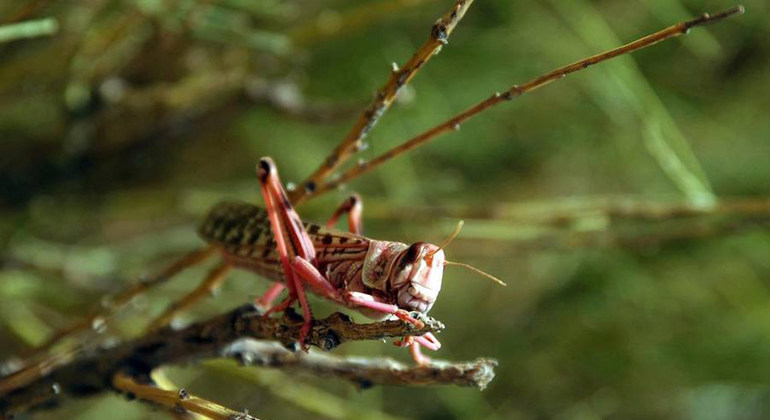Destroying hundreds of thousands of acres of crops, the outbreak is impacting the region’s food insecurity.
The UN agency urged for a collective campaign to deal with the crisis, concerned over the risk that the swarms spill over into more countries in East Africa, “if efforts to deal with the voracious pest are not scaled up across the region”.
Moreover, unusual climate conditions have favoured rapid locust reproduction.
The agency stressed that as favourable breeding conditions continue, the increase in locust swarms could last until June. And left unchecked, the numbers of crop-devouring insects could grow 500 fold by then.
Facing an unprecedented threat
Kenya has not faced a locust threat of this magnitude in 70 years, FAO warned.
The outbreak of desert locusts, considered the most dangerous locust species, has also affected parts of Somalia and Ethiopia, the likes of which have not been seen on this scale in 25 years.
South Sudan and Uganda are not currently affected, but are at risk, FAO added.
In a press release issued on Monday, FAO Director-General QU Dongyu said the agency is activating fast-track mechanisms to support governments, warning that the situation is now of “international dimensions”.
“Authorities in the region have already jump-started control activities, but in view of the scale and urgency of the threat, additional financial backing from the international donor community is needed so they can access the tools and resources required to get the job done,” Mr. Qu said.



